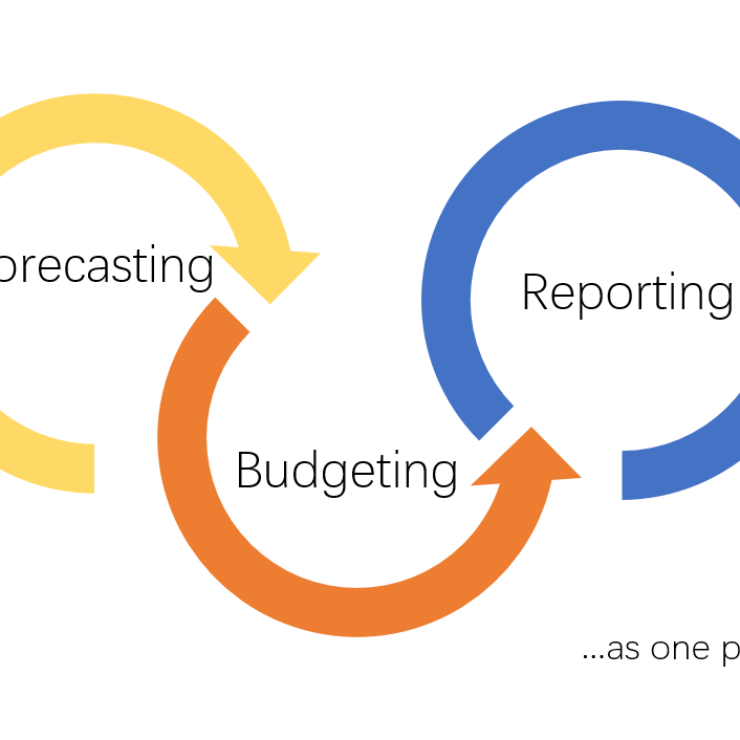The Role of Emotion AI in User Experience Design. In the world of user experience design, emotions play a pivotal role. After all, it’s the emotions a product or service evokes that determine its success. Whether it’s the exhilaration of a thrilling video game, the frustration of a complex software interface, or the comfort of a user-friendly website, emotions are at the heart of user experience. As technology advances, so does our ability to understand and harness these emotions. This is where Emotion AI steps in.
What is Emotion AI?
Emotion AI, also known as Affective Computing, is a branch of artificial intelligence that focuses on recognizing, understanding, and responding to human emotions. It’s a technological leap that aims to bridge the gap between humans and machines by making machines emotionally intelligent. This is achieved through the use of various sensors, facial recognition, voice analysis, and other data sources that allow AI systems to perceive and interpret human emotions.
Emotion AI and User Experience
User experience design is all about creating interfaces and interactions that cater to the needs, desires, and emotions of the users. Emotion AI, in this context, is a game-changer. Here’s how it plays a crucial role in enhancing the user experience:
-
Personalization: Emotion AI can help systems adapt to users’ emotional states. For instance, a video streaming service can detect when you’re feeling down and recommend feel-good content to lift your spirits, or a meditation app can adjust its guidance based on your stress levels.
-
Real-time Feedback: Emotion AI can provide real-time feedback to users, helping them better understand their emotions and how they relate to their interaction with a product. This can be particularly useful in mental health apps, where users can track and manage their emotional well-being.
-
Virtual Assistants: AI-driven virtual assistants like Siri or Alexa are integrating emotion recognition to respond more appropriately to user requests. They can gauge your mood and adjust their responses accordingly, making interactions feel more human.
-
Customer Support: Emotion AI can be employed in chatbots and virtual customer support agents to detect user frustration or confusion and respond with empathy, making the support experience less frustrating.
-
Content Creation: Emotion AI can also be used in content creation. For example, an AI-driven writing tool can analyze the tone of your writing and suggest changes to make it sound more joyful or professional, depending on your desired emotional impact.
The Ethical Implications
While Emotion AI offers immense potential for enhancing user experiences, it also raises ethical concerns. Privacy, data security, and the potential for emotional manipulation are real issues to consider. Designers and developers need to be cautious about the ethical implications and ensure they use Emotion AI responsibly and transparently.
Conclusion
In the ever-evolving field of user experience design, Emotion AI is a powerful tool that can help create more intuitive and user-centric products and services. As our devices become better at understanding and responding to our emotions, the user experience will only continue to improve. However, ethical considerations must always be at the forefront of development, ensuring that Emotion AI is used to enhance user experiences without compromising individual privacy and emotional well-being. The future of user experience is bound to be a more emotionally intelligent one, where our devices truly understand and respond to our feelings, making technology an even more integrated part of our lives.
Learn more on OpenScope




